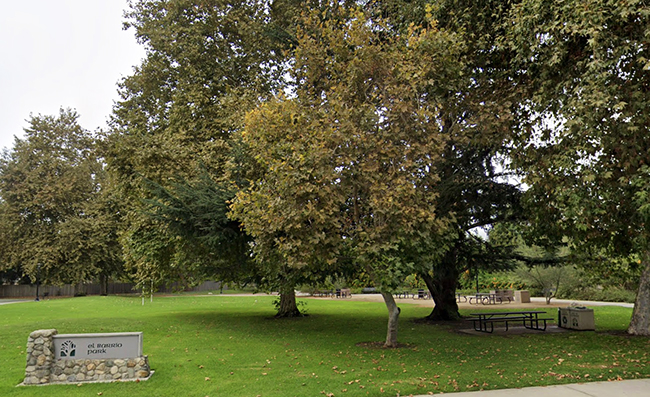VIEWPOINT: Our refuge, with solar electric batteries
by Mark von Wodtke, FASLA
Many of us are making our homes as sustainable as possible. But are these homes sustainable? How can we regenerate? A significant change for a home is to use solar electricity—particularly with battery backup.
This provides energy production and storage—right where we need it. We can make better use of solar energy as well as avoid uninterrupted grid-power outages.
In instances such as wildfires, power from the electrical grid is limited. Grid-connected net metering for solar power works only when the grid is active.
Without battery backup, solar energy cannot be used as an emergency source of electrical power. This effects our resilience during wildfires, wind storms, extended heat waves, floods, earthquakes and other power outages. Our ability to deal with COVID-19 reveals, and should include, addressing fundamental economic problems.
Fossil fuels are difficult to sustain at any price, which is reflected in the global economy, as well as in the quality of our environment. Utility infrastructure is expensive to service and maintain. It is best to rely not just on regional production and distribution of energy. We can produce solar power and store it where we use it. Our homes become a very good place for battery backup systems to develop this resilience.
It is also turning out that Vehicle to Grid (V2G) connections for electric cars are starting to add to power storage. Power companies are also starting to set up Virtual Power Programs (VPP) to make the power from electric vehicles serve multiple uses.
How can we create a refuge that safely secures and stores energy and avoids risks? Solar power with batteries can continually supply electricity during any season. Each installation can be designed for solar/battery loads to strategically sustain the following: Wifi connection for security and communication so you can see what is happening remotely. Storing essential food, like frozen foods, and to not have to rush to a store during a power outage.
A refuge also needs security lighting. Solar electric power can help maintain temperatures. You can decide what you need to sustain as part of your refuge—both at your home and where your work.
How can we provide for solar living making the best use of available sun? Solar electricity with batteries could meet your needs when the grid is down. Enjoy living from the sun. Depending upon the size of your battery and solar electric system, consider both your home storage and the power you can store in an electric car.
Battery electric vehicles can use solar power from charging stations, avoiding gas stations. Solar water heating and heat pumps reduce the need for having natural gas. I like to use the sun directly when there is no grid power.
For example, homes can be comfortable with direct sunlight providing passive solar heating and natural cooling. A homeowner or cabin owner has the option to disconnect from the grid.
How can we manage power from the grid to optimize performance? Traditional power companies are dealing with debt from wildfires. They are also paying to maintain over-ground utility lines that are expensive to service, particularly in remote areas and on tree-lined suburban streets.
Distribute power is easier to sustain. Peaker power plants manage loads generated by using fossil fuels. We can also offset costs by not using fossil fuels, which are resulting in climate change. More batteries and solar power connected to distributed grids are becoming cost effective. Greater efficiencies sustain a more diverse network. This provides ways to manage the use power to meet demands and surpluses of clean energy.
We can sell power when its cost is high and conserve consumption in batteries when the cost is low. Batteries can do this for homes, schools and businesses, saving considerable money.
We can use microgrids and V2G setups that will allow us to use batteries from electric vehicles power. The savings from solar batteries will eventually offset the cost to the risk of power outages.
By transitioning to solar with battery backup, our electrical infrastructure can be made more secure, resilient and sustainable. There is good value in making these transitions now.
We can find many ways to improve our homes to be energy efficient, self-sufficient and environmentally sensitive. And once we become comfortable with a solar/battery lifestyle, we can use this knowledge to regenerate.
[Mark von Wodtke is a professor emeritus of landscape architecture at Cal Poly Pomona. He is writing the book Regenerate: For Our Health and the Planet to provide a holistic guide for your journey, to positively change our relationship with nature and avoid degeneration. He is also writing a book, Claremont: 20/20 Vision, focusing on local grassroots community actions. Energy Harvester provides solar electric systems with batteries.]








0 Comments